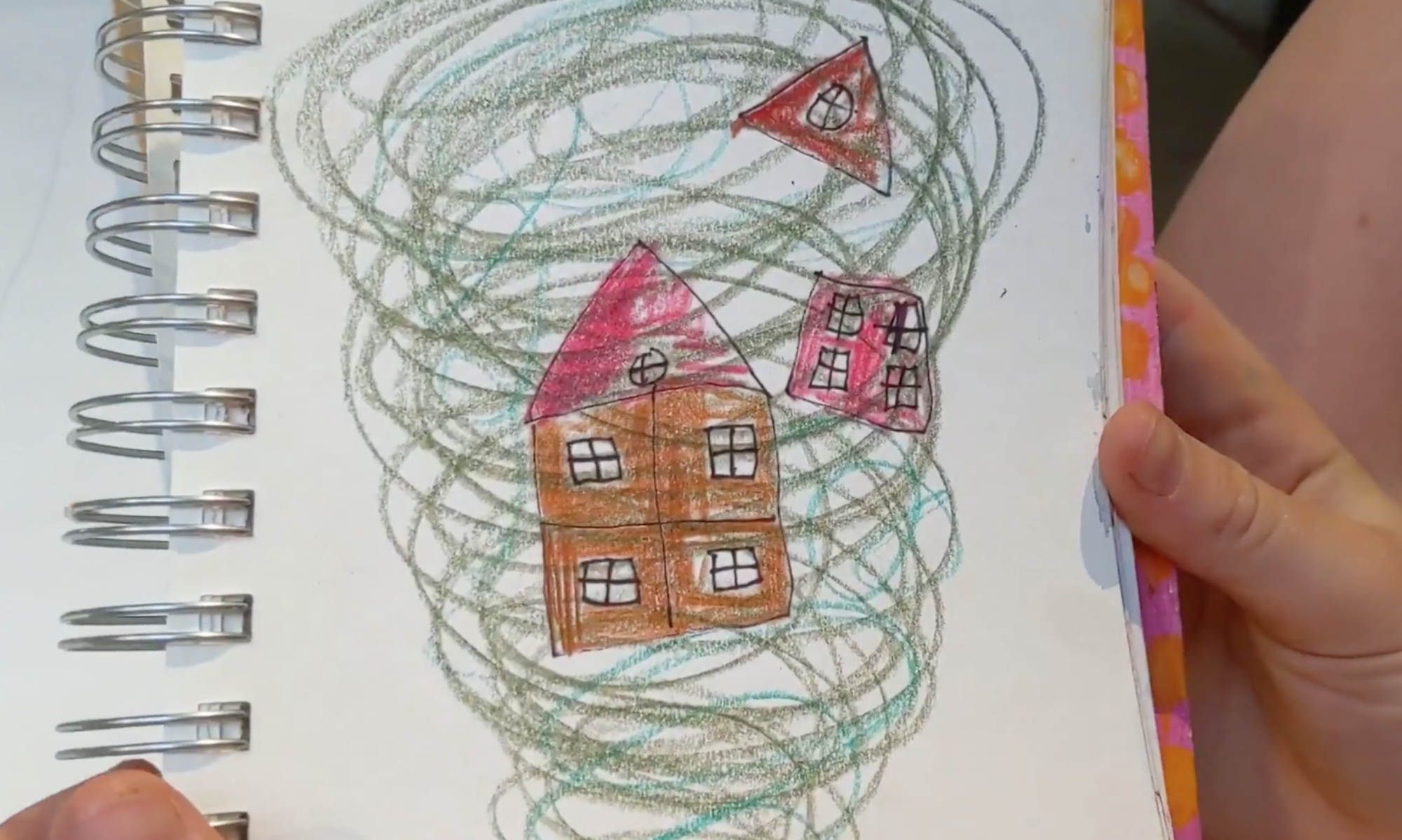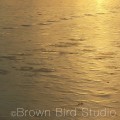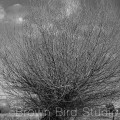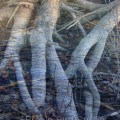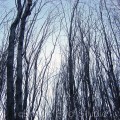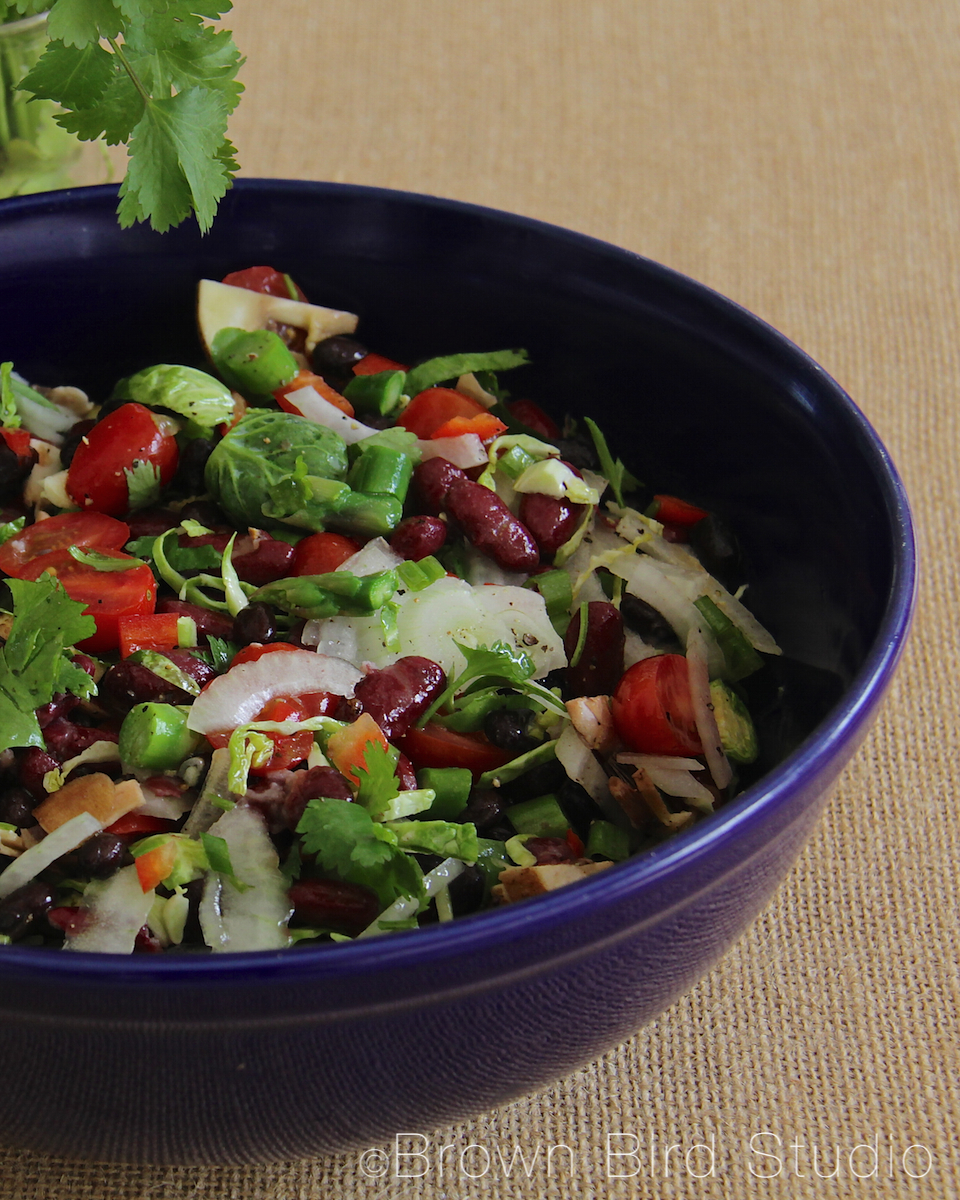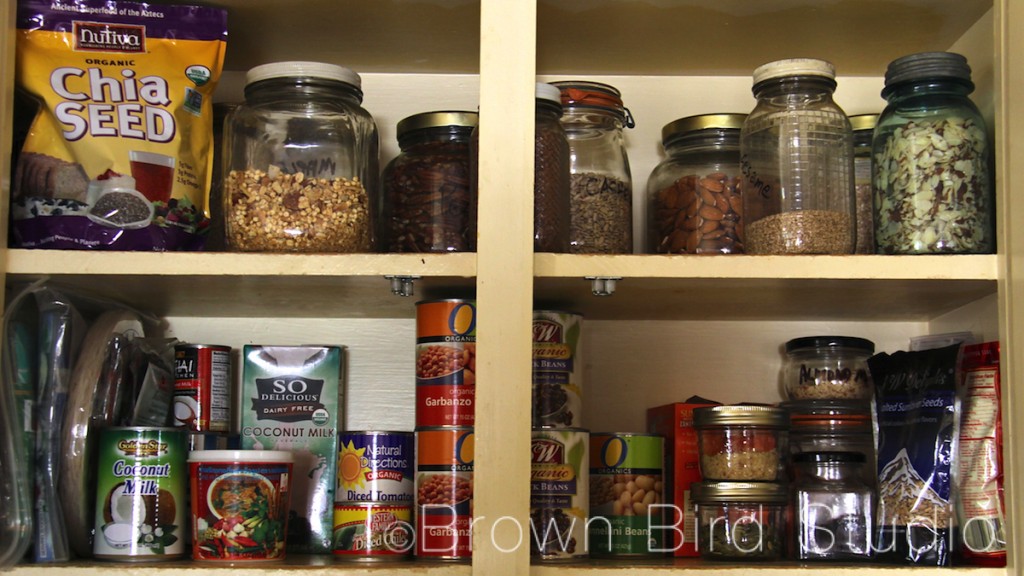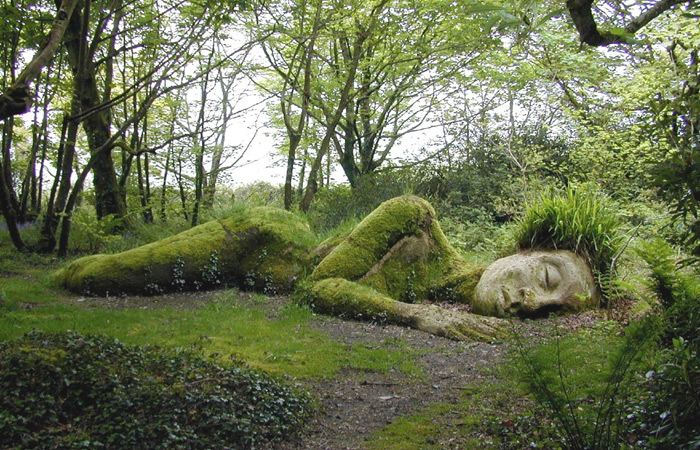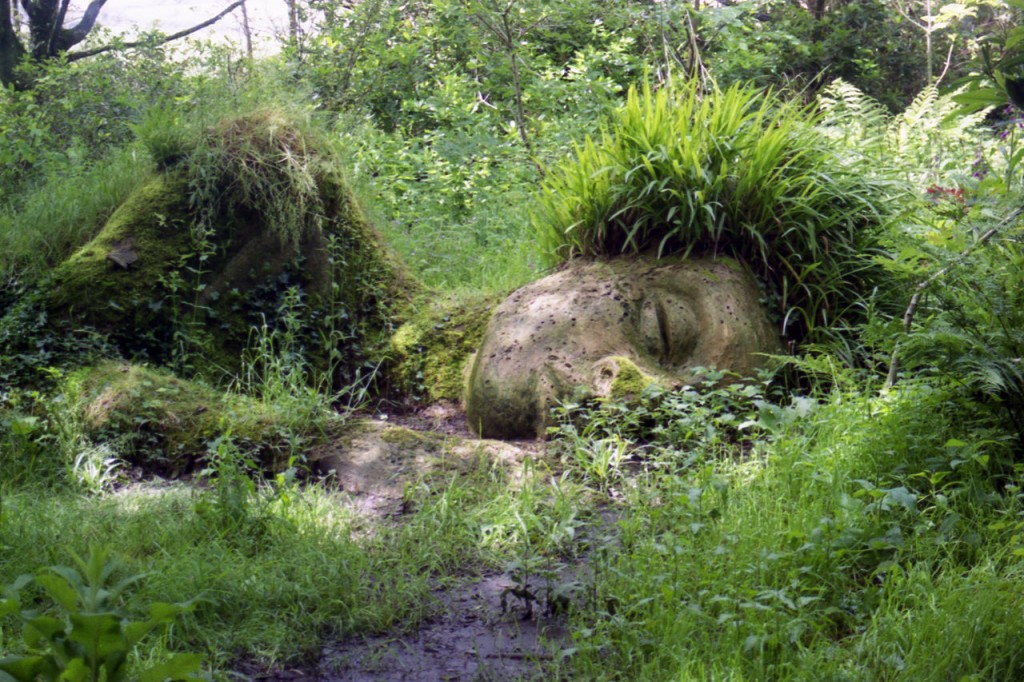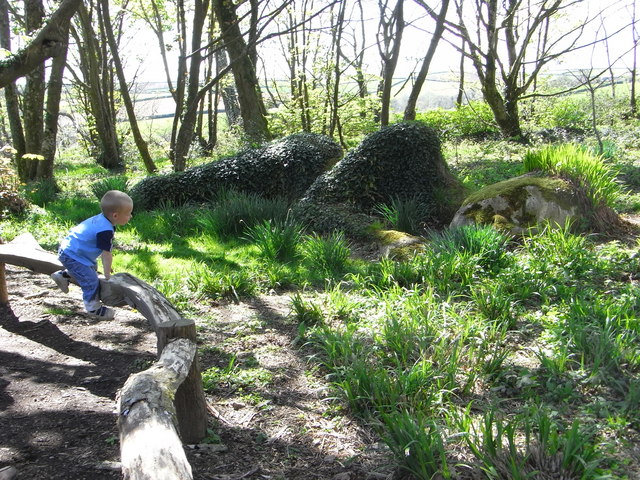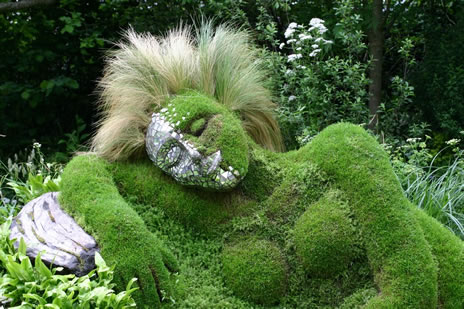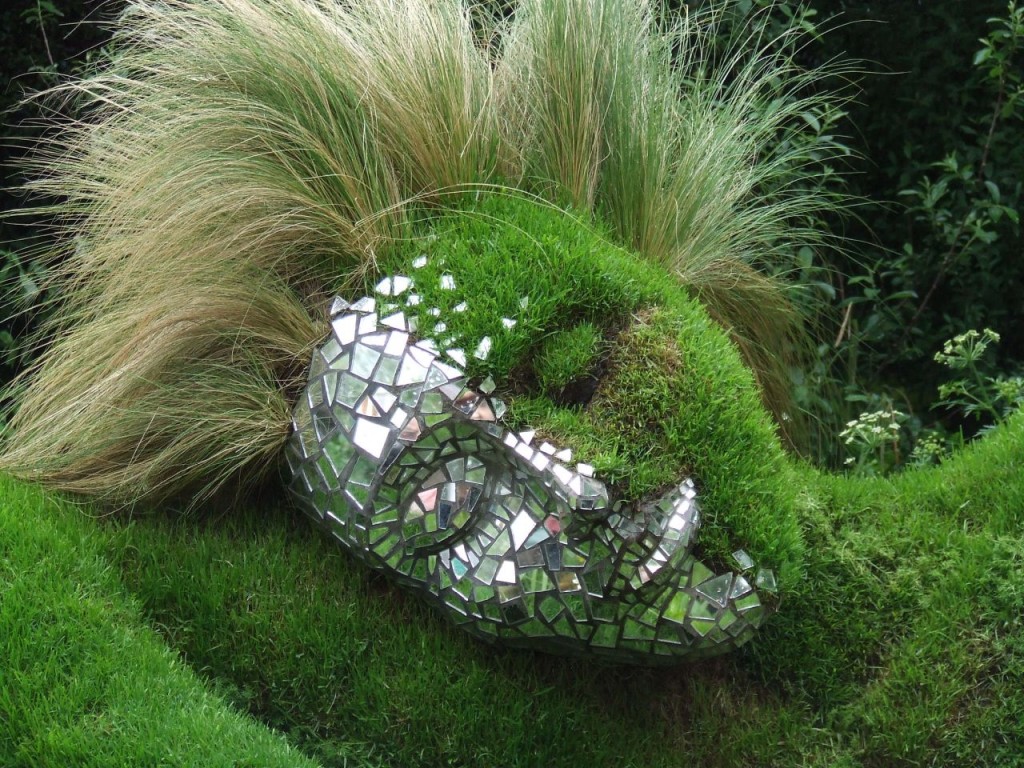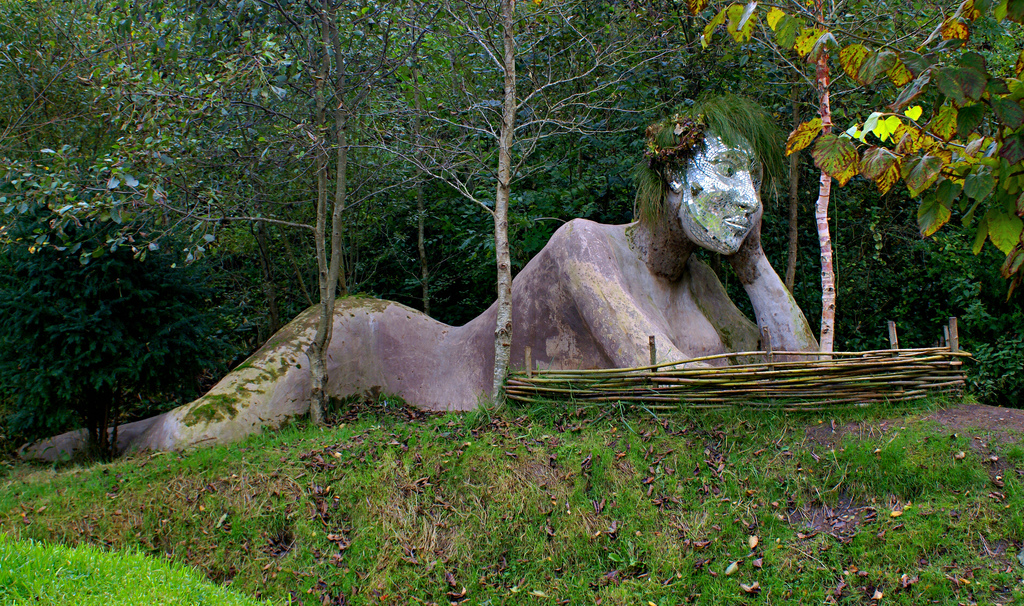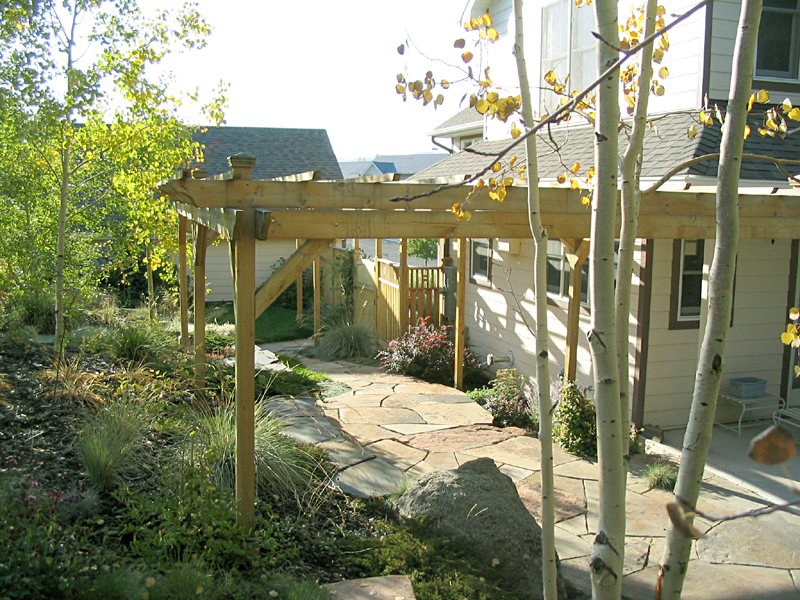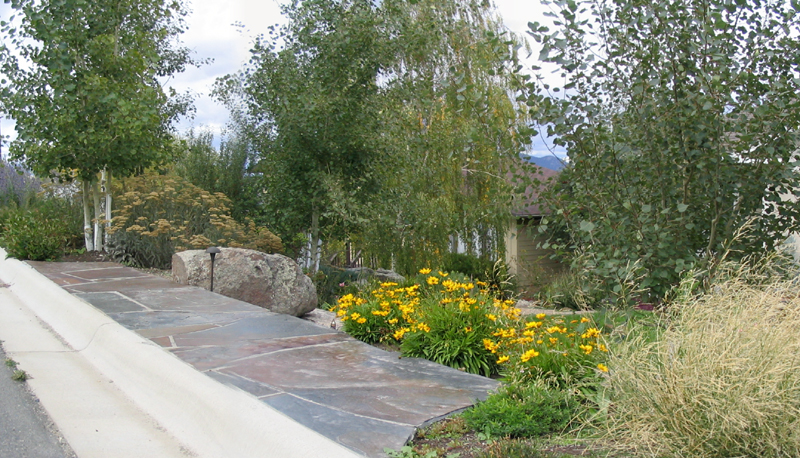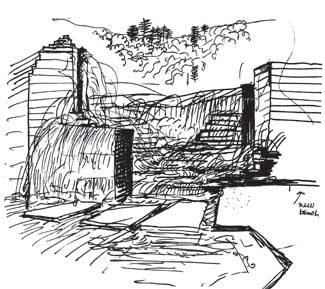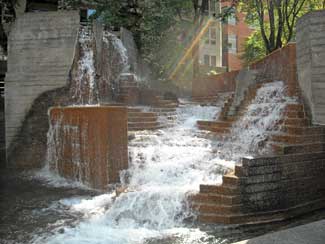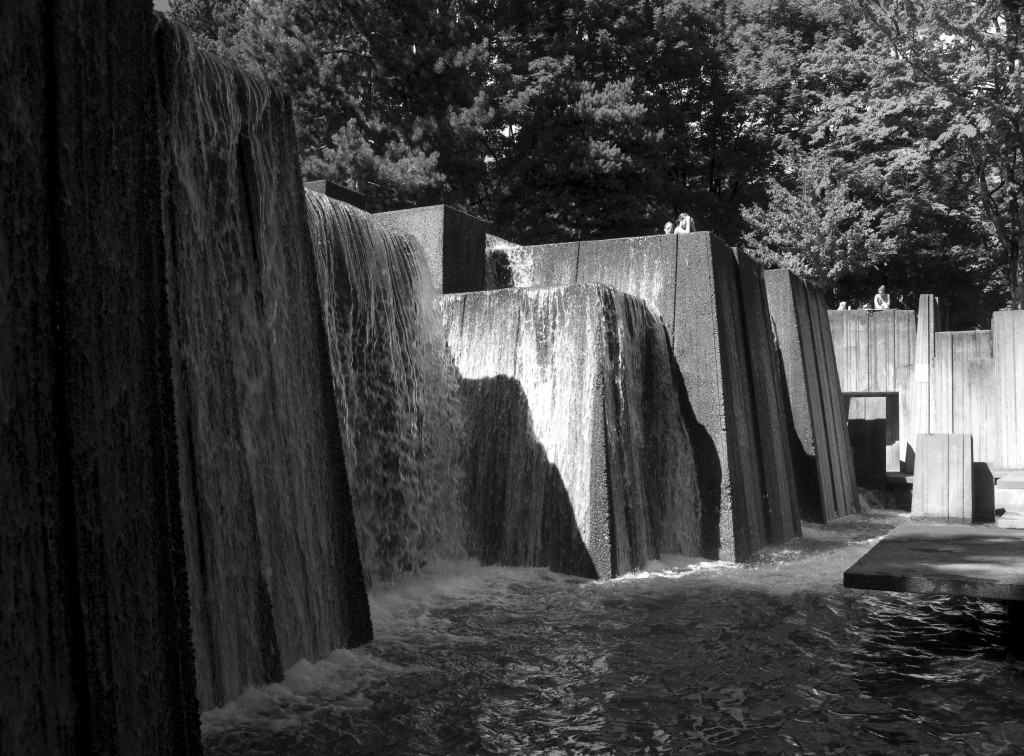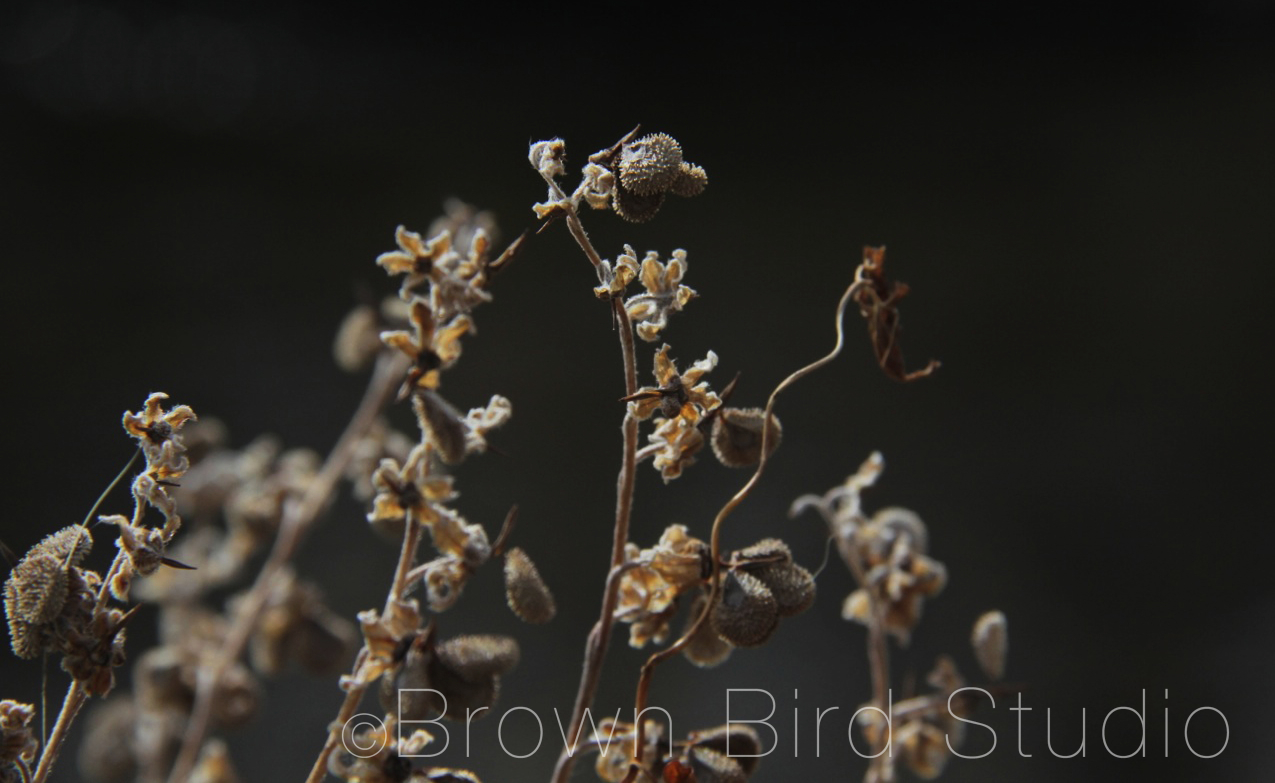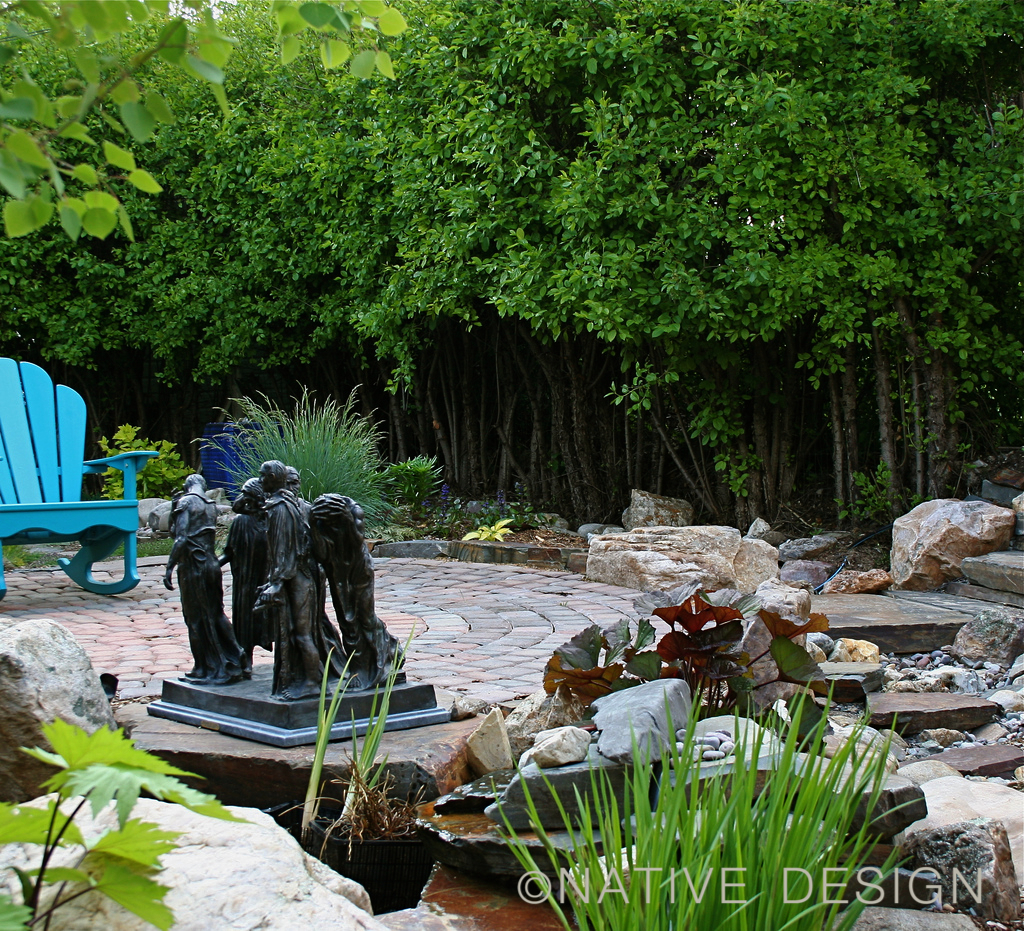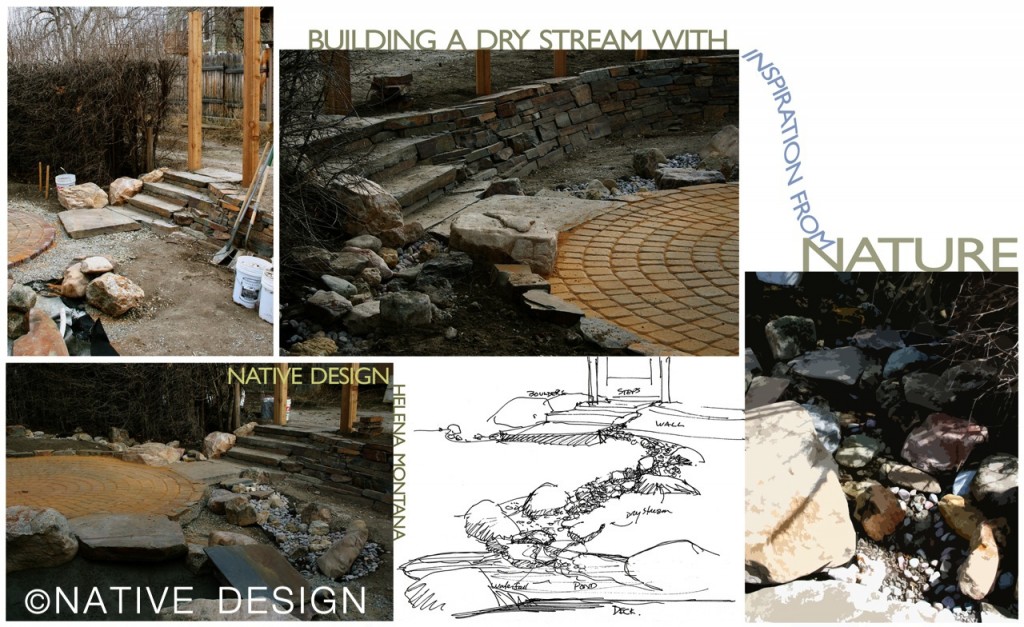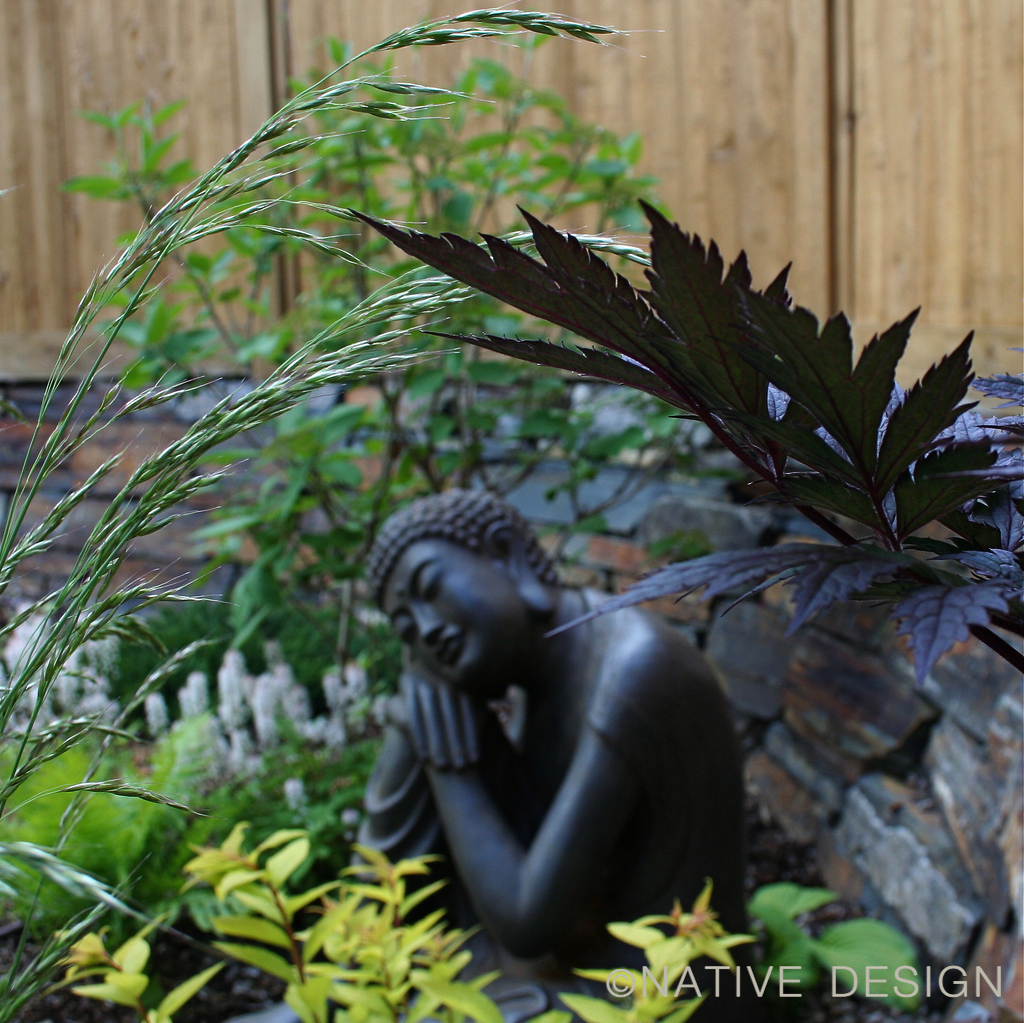I collect images, mostly with my own camera, but also from old manuscripts, ephemera, found objects, cultural flotsam and jetsam. Sometimes I do digital collage, other times I work with paper, paint, drawing tools and glue in 2 dimensions or I make 3D mixed media sculptures. I work in layers, often more than twenty or thirty layers, as I am trying to create something with visual, symbolic and spiritual depth. The stories of the objects I use are glued into the collage layers. Emotions, connections, poetry, unspoken words, events, songs, dreams and spiritual meaning are embedded in there too. Often the layering will only be apparent on a subtle level. What’s important to me is that I know the layers are underneath somewhere, giving the piece personal depth and intimacy.
When I am looking at one of my own art pieces or someone else’s, I tend to judge it based on first my emotional response, then on the craftsmanship of the execution and finally based on some intellectual understanding of the piece. Sometimes I want my work to be wild and spontaneous and passionate. Other times I’m aiming for an almost cool control, which in itself can convey an experience or an emotion as effectively as a more passionate piece. It’s hard to say what makes a piece of art “work” for me. It’s intuitive. Can I connect with something the artist was trying to say? Or does it leave me cold? Really, it’s such a personal thing … one viewer may respond positively to a piece that another person thinks is boring.

Here’s a little about my altered photograph (above.) The main image I used was of the lower trunk of a tree. When I first saw the tree, the roots looked like they were twining together in a Celtic knot shape. I have some background in fiberarts and weaving, and I thought of trying to bring out this aspect of the roots — that they were threaded and knotted together, not only around each other, but around the rocks and pebbles on the lake shore and down into the earth, around the leaves and soil and micro-organisms that live down there. I wanted to make something that looked like a tapestry, like threads and cords and knots, textural and subtle and fine.
I used Photoshop to alter the tree roots photo by blending it with a photo of the frozen lake surface and another, of branches against sky. When I am doing this work, I choose photos based on their dominant shapes, lines and textures. For example, to create the look of a tapestry, I needed lots of texture, so I chose photos with lots of different line weights and shapes going on. The different textures of these three photos contribute to the feeling of woven cloth. Likewise, if I had been going for a minimalist feeling, I might have chosen only photos with simple shapes and few lines.After I played around with the colours and blended the three main photos, I rotated multiple copies of the image and blended many layers to make something like a tapestry with the appearance of depth and criss-crossing threads. I like that it’s not perfectly symmetrical … very much like my actual woven tapestries used to turn out.
I put together an album of images I used in the two pieces, Ghost Roots Tapestry and Woodland and Icon with Cross. You can see it here. I call this group of images, Dead of Winter. Sometimes I come up with a title for a series that almost contradicts how I really feel about the subject of the series. Yet to me, it fits. I hope the title makes people stop and read it twice, to puzzle out why I might have chosen those words. 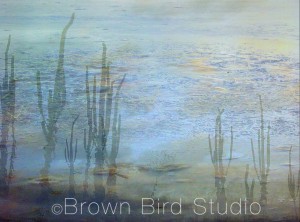
In this case, dead is the opposite of what I think winter is. Winter is very much alive — it is just sleeping; it is the Earth dreaming, growing secretly underground, holding the light of short winter days in her heart, in her belly, holding it in until everything is ready to leap out again, be born, and come back to the warmth and the air and the green. It is a time for meditation, concentration, inner-focus, silence and dreams and spiritual contemplation. With that in mind, I tried to bring out the subtle, quiet spirit of leafless trees, frozen water, and strong, connected roots.
Not all of the photos in this group are altered. In fact, some are just as they came out of my camera. But they all belong together because of the thread of winter-quiet.
All images: © 2005 – 2008 Maureen Shaughnessy. All rights reserved
